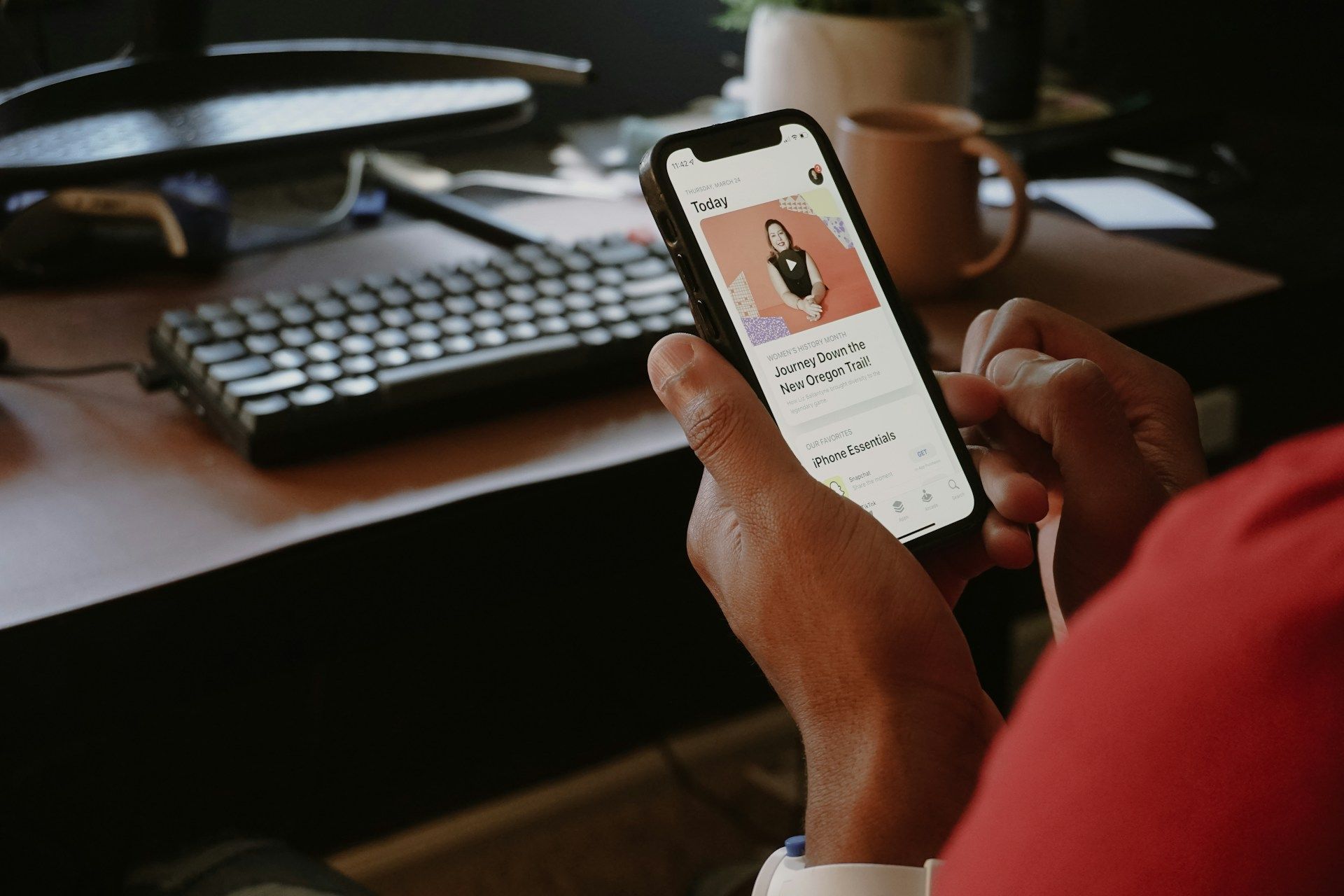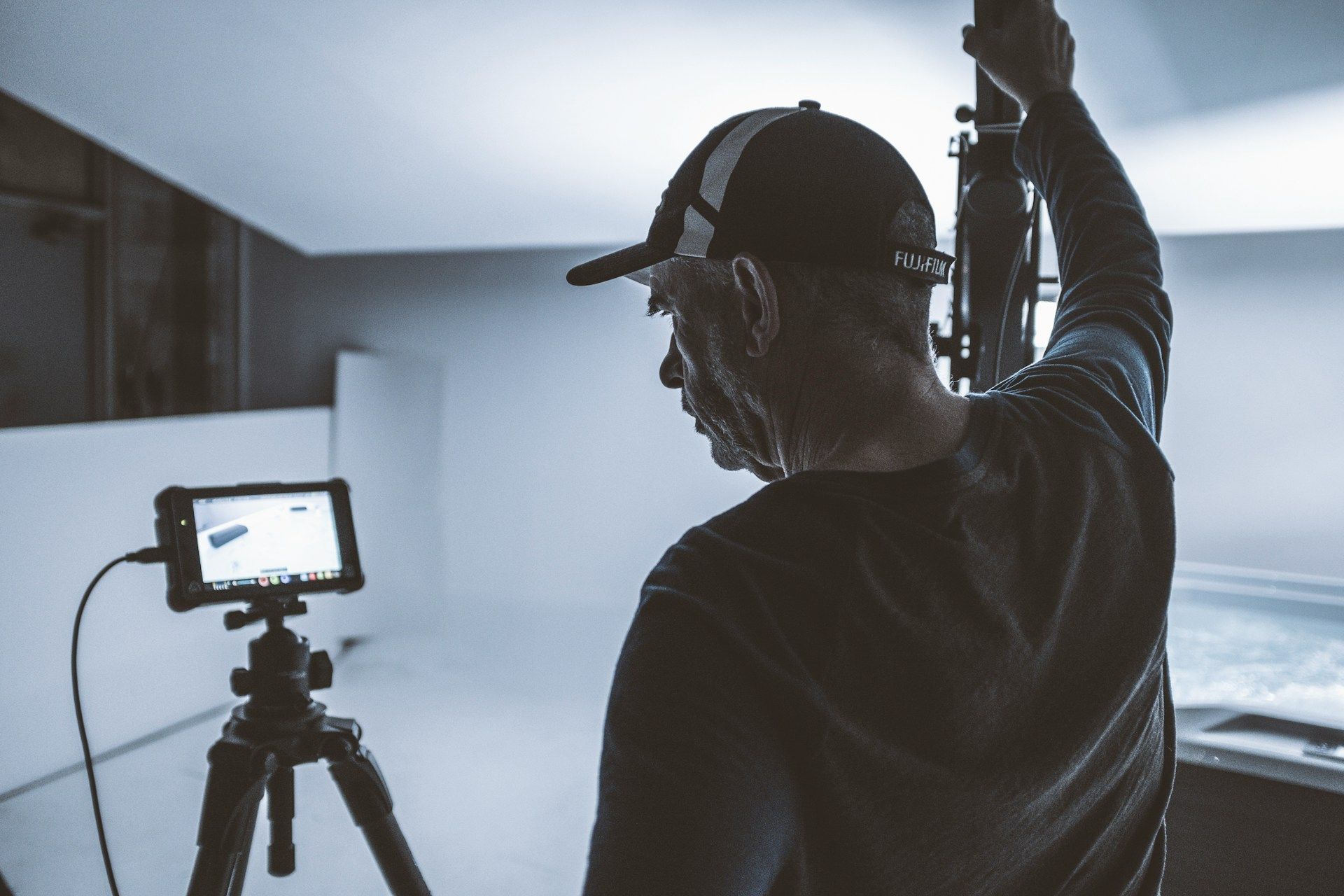Elements of Great Website Design
When you land on a website, what's the first thing that captures your attention? Is it the colors, the layout, or maybe how easy it is to find what you need? Website design combines all these elements, making it a doorway to everything a site offers. It’s like the cover of a book—you definitely shouldn't judge a book by its cover, but a good cover sure does make people curious to peek inside. Imagine if every time you visited a website, you had to search aimlessly for what you needed. Frustrating, right? That’s why great website design is so important. It makes sure visitors have a smooth and enjoyable experience, encouraging them to spend more time exploring.
Now, let’s talk about what makes a website truly stand out. In this article, we'll explore some key elements that contribute to creating a great design. From layout to speed, each part plays a role in bringing a website to life, and more importantly, guiding users through it without a hitch. So let's get started on understanding how these elements come together to create an engaging online presence.
Clean and Clear Layout
A clean and clear layout is like a well-organized room—it’s easier to find what you’re looking for and feels inviting. Simplicity isn't just about looking pretty; it's about making sure visitors know where to go without getting lost or overwhelmed. A simple layout is user-friendly, ensuring navigation is straightforward and intuitive. Here’s how you can make that happen:
- Organized sections:
Keep things in neat categories. This makes browsing much easier and helps visitors find what they're aiming for quickly.
- Visible menus: Keep your navigation menus easy to spot. They should guide users to the most important sections of your site without causing confusion.
- Ample white space: By leaving plenty of space around text and images, you make your content more digestible. White space provides breathing room and focuses the user's attention on what's important.
Anyone who's explored a cluttered site full of ads, flashing text, and endless tabs can tell you how overwhelming it is. Contrast that with a clean site design, where the eye naturally follows an easy path through the information. This tranquility and order put people at ease and make them want to stay longer, exploring more of what you have to offer.
Visual Hierarchy
Visual hierarchy in design is kind of like having a reliable tour guide. It’s all about directing people’s attention to the things you want them to notice first. It's not just about looks; it's about function. Elements such as size, color, and font work together to rank pieces of content by importance, setting priorities for visitors. In this section, let's break down how visual hierarchy works:
- Largest first:
Make headline elements larger. This signifies their importance, grabbing attention straight away.
- Color contrasts: Use contrasting colors to draw attention to specific parts, like calls to action, which should stand out from the rest.
- Varied fonts: Different fonts or font weights create contrast and guide the eye to what's significant, such as bold for main headings and lighter fonts for subtitles.
With visual hierarchy, you’re creating a map for your users. The eye naturally flows from the most important elements down to the details, ensuring nothing gets missed. Integrating these techniques can help turn a good design into a great one, ensuring users discover exactly what they came for without any hassle.
Responsive Design
These days, if your website isn't easy to use on a phone or tablet, you're likely missing out. Responsive design is all about making sure a website looks good and works well, no matter what device someone is using. It’s crucial for anyone browsing on a mobile device to have an experience just as smooth as if they were on a desktop. Think about how often you use your phone to search for things. If a site doesn't display properly, you probably close it and move on, right?
To keep visitors engaged no matter how they access your site, consider these tips for responsive design:
- Flexible layouts:
Use grids and flexible images that can resize based on screen size.
- Touch-friendly navigation: Make buttons and links big enough to tap easily, and avoid elements that rely on hovering.
- Adaptive images: Ensure images resize and fit the screen without losing quality or causing slow load times.
These steps make a big difference and will help your site look appealing whether someone is using a tiny phone screen or a large monitor. Plus, search engines often favor sites that are mobile-friendly, so you’ll have a better chance of reaching more people by making sure your site adapts beautifully.
Fast Loading Times
If there's one thing nobody likes, it's waiting. Especially online, where faster is definitely better. Long loading times can quickly drive visitors away before they've even had the chance to explore your site. Luckily, there are straightforward ways to speed things up and make sure your visitors stick around.
Here’s how to ensure your site loads quickly:
- Optimize images:
Compress images to reduce their file size without losing quality.
- Minimize HTTP requests: Reduce the number of files and scripts your site needs to run.
- Use a content delivery network (CDN): Employ a CDN to speed up loading times by distributing the load and serving content closer to a visitor's location.
By making these improvements, you can reduce the likelihood of visitors clicking away due to frustration with a slow site. A speedy website enhances user experience and can even improve your standing in search engines, leading to higher visibility.
User-Friendly Interface (UI)
A user-friendly interface ties it all together. After all, the easier your site is to use, the happier users will be. A great UI is like a friendly tour guide that helps users navigate seamlessly through your site, leading them to the information or services they need without confusion or annoyance.
Here’s what makes a UI stand out:
- Consistent design:
Keep the design elements like buttons, colors, and fonts consistent throughout the site.
- Intuitive interactions: Design for easy interaction, making sure users can perform tasks with minimal effort.
- Feedback mechanisms: Provide immediate feedback to user interactions, such as highlight effects when clicking a button.
When you prioritize a friendly UI, you encourage visitors to stay longer and interact more with your site. By considering these factors, you create a welcoming environment where users enjoy spending their time.
Integrating all these elements ensures your website is more than just a digital presence—it's a place visitors love to visit again and again. As you work on improving your website's design, keep these key factors in mind. They can transform your site into an engaging, efficient, and user-focused space.
Ready to elevate your digital footprint with a stunning and effective website? Exploring the right
website builders can be the key to unlocking your online potential and creating a space that truly resonates with your audience. Let Oddball Creative guide you through crafting an engaging and efficient digital experience that brings your vision to life. We're here to help you build the perfect website for your needs.



